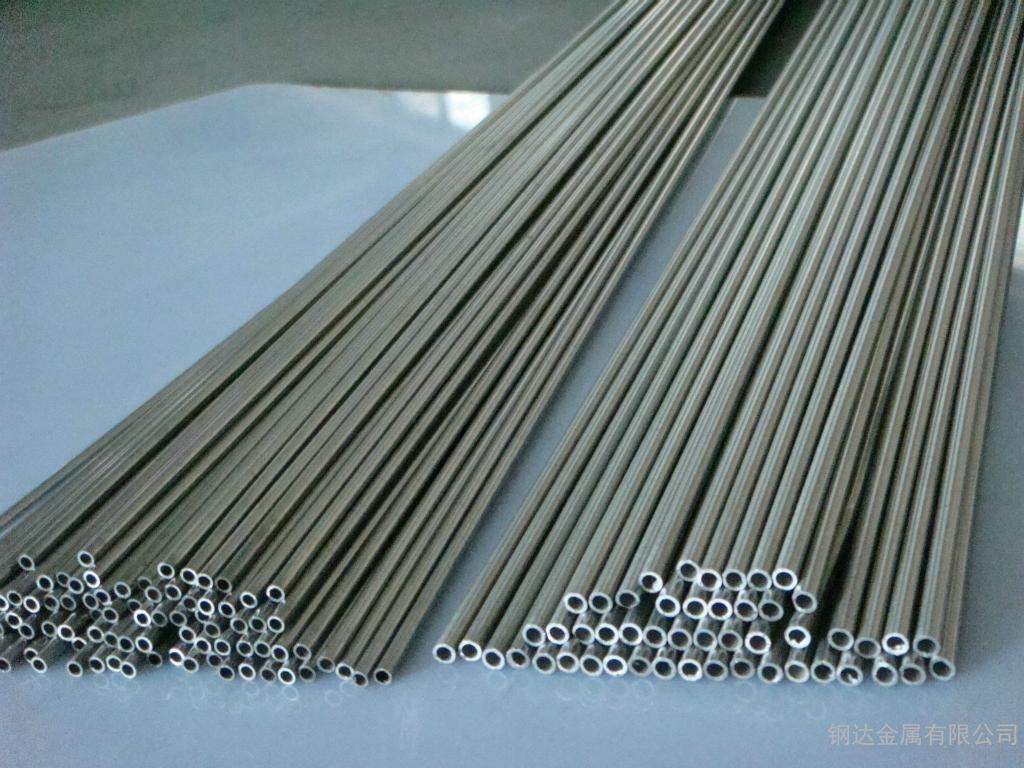Hydraulic Tubing for Pressure Testing
What is Hydraulic Oil Steel Pipe for Pressure Testing?
Hydraulic oil steel pipe for pressure testing is a type of steel pipe specifically designed for transmitting hydraulic oil in hydraulic systems, capable of operating safely and stably under high pressure conditions. Below is detailed information about hydraulic oil steel pipes for pressure testing:
Definition of Hydraulic Oil Steel Pipe for Pressure Testing
Hydraulic oil steel pipes for pressure testing are designed to withstand the high pressure of hydraulic oil transmission. They are commonly used in various hydraulic system applications, such as hydraulic machinery, hydraulic equipment, and hydraulic tools. Their main characteristics include high strength, high pressure resistance, corrosion resistance, and wear resistance.
Common Processing Methods of Hydraulic Steel Tubing
Preparation of Raw Material:
Selection of Billet or Pre-formed Tube: The process begins with the selection of a high-quality billet or pre-formed tube, which serves as the raw material.
Cleaning and Inspection: The raw material is cleaned to remove any surface impurities, scale, or rust. It is then inspected for any surface defects or irregularities.
Lubrication:
Application of Lubricant: To facilitate the drawing process and reduce friction, a suitable lubricant (such as soap or a synthetic lubricant) is applied to the surface of the raw material. This helps to protect both the material and the drawing die.
Cold Drawing:
Drawing Die: The prepared raw material is then drawn through a hardened steel die, which has an opening smaller than the original diameter of the tube.
Reduction in Diameter: As the material is pulled through the die, its diameter is reduced. This process may be repeated multiple times, with progressively smaller dies, to achieve the desired final dimensions.
Reduction in Wall Thickness: The drawing process also results in a reduction of the wall thickness of the tube, enhancing its dimensional accuracy and surface finish.
Annealing (If Required):
Intermediate Annealing: Depending on the material and the amount of deformation, intermediate annealing may be necessary to relieve internal stresses and restore ductility. The material is heated to a specific temperature and then cooled gradually.
Final Annealing: After the final drawing pass, the material may undergo a final annealing process to achieve the desired mechanical properties and remove any residual stresses.
Straightening:
Straightening Machine: After drawing, the tube may be slightly bent or warped. A straightening machine is used to ensure the tube is perfectly straight.
Finishing and Inspection:
Cutting to Length: The drawn tube is cut to the required lengths using precise cutting equipment.
Surface Treatment: The surface of the tube is treated, if necessary, to improve its appearance and corrosion resistance. This can include processes such as pickling, polishing, or coating.
Inspection and Testing: The finished tubes are inspected for dimensional accuracy, surface quality, and mechanical properties. Non-destructive testing methods like ultrasonic testing or eddy current testing may be used to detect any internal defects.
Common Materials of Hydraulic Steel Tubing
1. Carbon Steel:
- Examples include 20# and 45# steel, known for their high strength and toughness, widely used in general hydraulic systems.
2. Alloy Steel:
- Examples include 16Mn and 27SiMn, with added alloying elements to enhance strength, wear resistance, and corrosion resistance.
3. Stainless Steel:
- Examples include 304 and 316 stainless steel, suitable for corrosive environments, offering excellent corrosion resistance and mechanical properties.
Applications of Hydraulic Steel Tubing
1. Industrial Hydraulic Systems:
- Widely used in machinery, hydraulic presses, injection molding machines, die casting machines, and other hydraulic systems.
2. Construction and Engineering Machinery:
- Used in hydraulic systems of excavators, loaders, bulldozers, and other large engineering machinery.
3. Marine and Offshore Engineering:
- Used in hydraulic systems of ships, offshore drilling platforms, and other high-pressure hydraulic oil transmission environments.
4. Aerospace:
- Applied in aircraft hydraulic systems and spacecraft hydraulic devices, where material performance requirements are extremely high.
5. Automotive Manufacturing:
- Used in automotive hydraulic braking systems, hydraulic steering systems, and other automotive applications.

Pressure hydraulic tubing
请输入搜索关键字
确定






